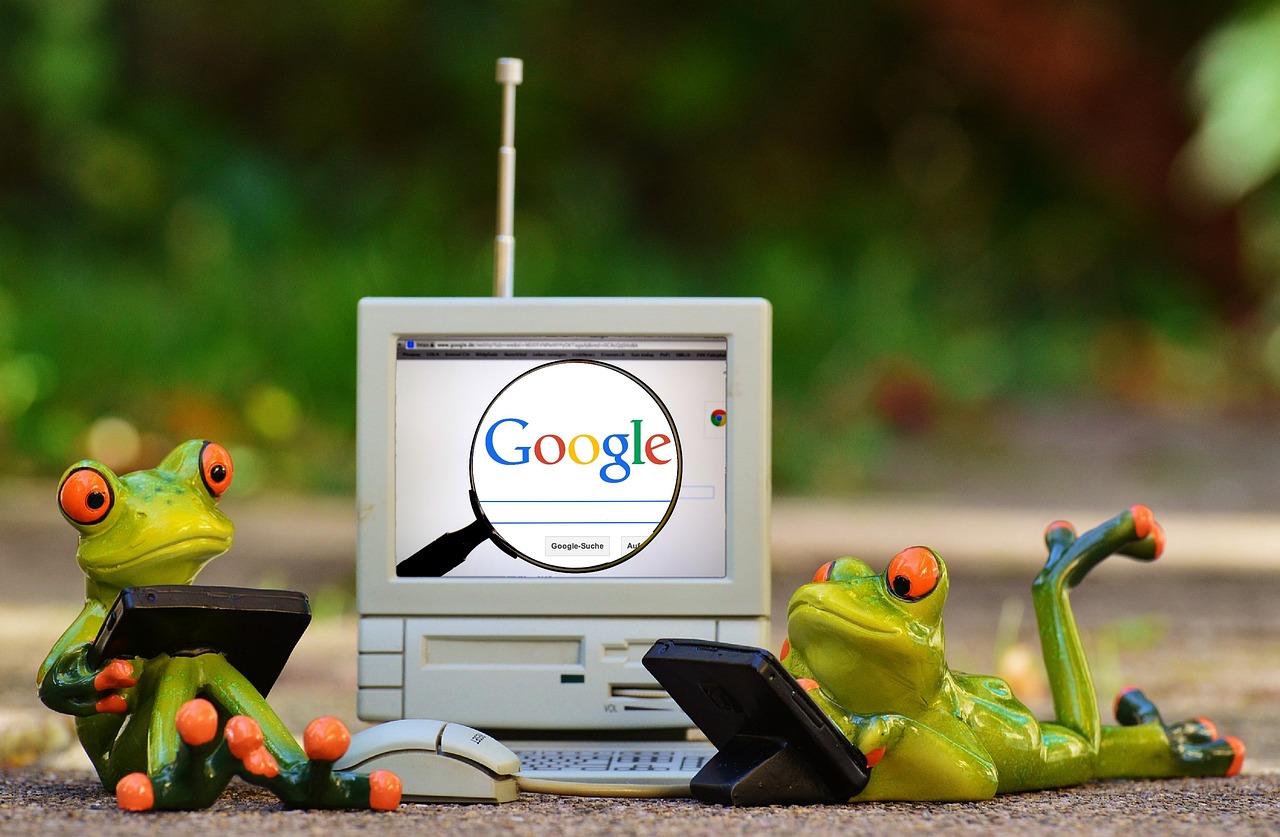
There has always been a lot of noise around brand building, demand generation, sales activation, and finding the right balance. The work of Binet and Fields, Dr. Grace Kite, and Tom Roach has emphasized the importance of considering both short-term and long-term effects when planning and executing advertising campaigns. This is crucial as it allows advertisers and brands to move from theory to practical application.
In the words of Peter Drucker: “You have to achieve results in the short term, but you also have to achieve results in the long term. The long term is not just a sum of short terms.“
Simply put, achieving advertising effectiveness is not just about brand building or sales activation, but both:
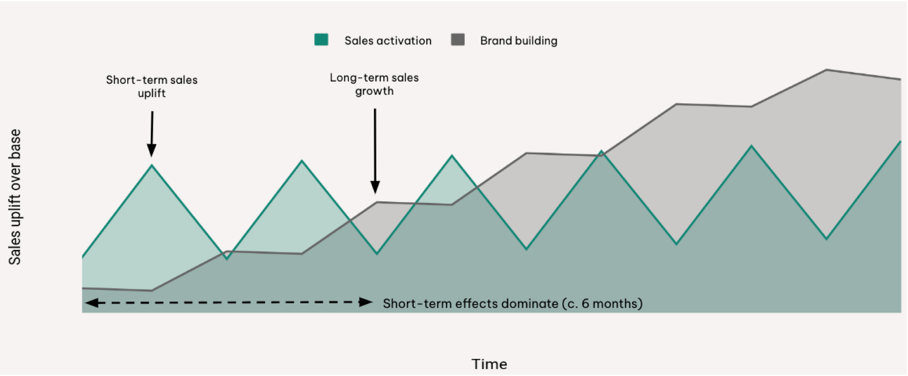
What is Demand Generation and Why is it Important?
There are many different definitions of demand generation and how it differs from brand building. In short, they are distinct:
Brand Building creates and subsequently develops the relationship between your brand and consumers; it communicates, educates, and creates a connection between why your brand exists as opposed to what your brand ultimately sells.
Demand Generation is the process of increasing awareness and demand for your products or services by expanding your audience and authority. The net result should lead to high-quality leads and/or incremental sales.
Good execution of Demand Generation activities can be transformative for advertisers – brands that are on consumers’ radar are three times more likely to be purchased than those that are not.
Given that 48% of customers now like to switch service providers for a better offer, spend more time deciding, and consider more brands, being included in this consideration set can bring you ahead of the competition.
Demand Generation in Digital Advertising
When it comes to the traditional digital marketing funnel, the lion’s share of bottom-funnel budgets goes to Google. Paid search is unmatched in its ability to capture existing market demand and offers easily measurable results, leading to significant investments.
However, as we move from capturing demand to generating it further up the funnel, media budgets are increasingly diversifying across different channels – paid social is an obvious choice due to its extensive targeting options, variety of formats, and sheer audience scale. The benefits of diversification are documented by WARC below:
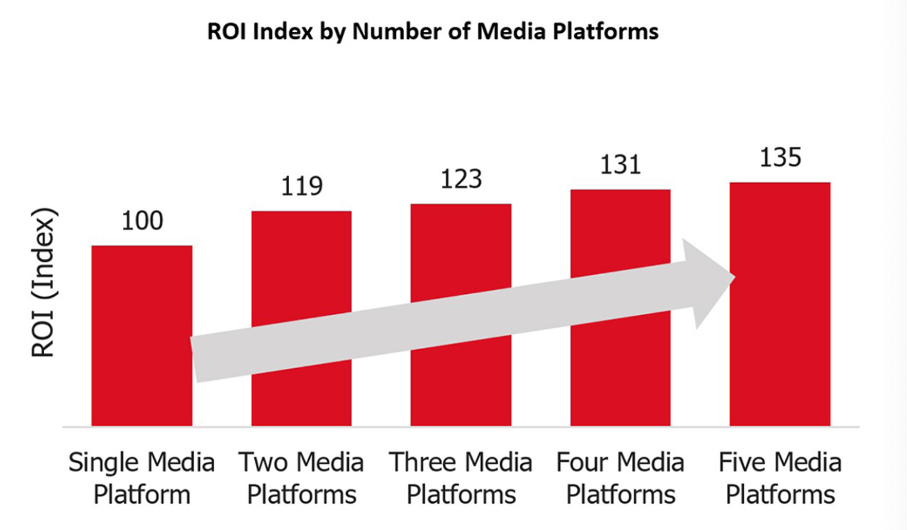
Diversification of the Media Mix Within the Google Ecosystem
Google is quite actively trying to ensure that advertisers keep their budgets within the Google ecosystem when diversifying their media mix. YouTube, Discovery, Display, and Performance Max provide greater visibility sought when moving up the funnel.
Short, snackable, and highly engaging content has always worked well in digital and social environments, and the success of Meta Reels and TikTok has presented new challenges for Google.
Google’s response to these challenges is YouTube Shorts. With the platform’s unmatched scale of active users and session duration, Shorts are growing at a dizzying pace:
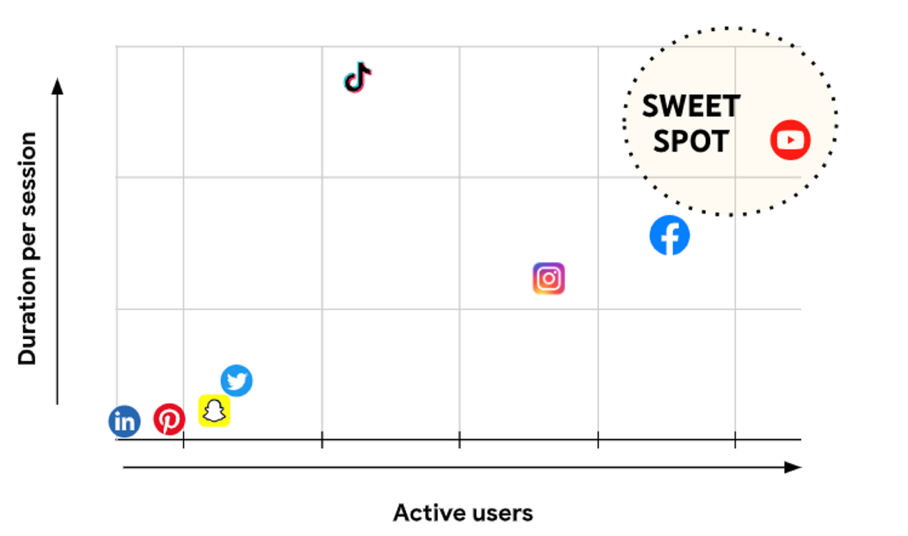
Nevertheless, advertisers continue to invest heavily in social channels – and Google continues to explore new ways to keep ad spending within its ecosystem.
What is the New Demand Gen Campaign Type
Google Demand Gen campaigns aim to gain visibility within YouTube Shorts, YouTube in-stream, YouTube Feeds, Discover, and Gmail. It is designed to “help advertisers buying on social platforms find and convert consumers with engaging, relevant, and visual creatives that capture attention and drive action at the right moment”. This is a significant point of differentiation for Demand Gen campaigns, encouraging advertisers to either diversify their social strategy to include YouTube Shorts or, better yet, prioritize YouTube Shorts over existing social executions.
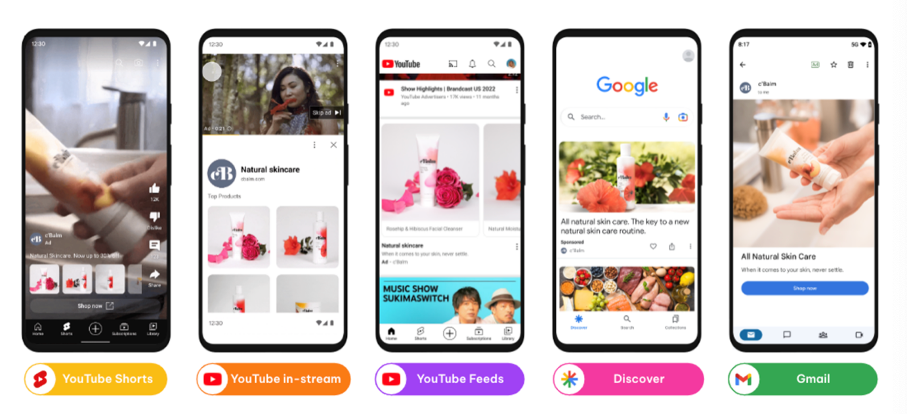
Creative Content:
Minimizing adoption barriers at every step, it is no coincidence that YouTube Shorts aligns with Reels and TikTok formats, allowing marketers to use existing social video and creative assets for Demand Gen campaigns, simply “lift and shift” ready-made assets.
Technical Details:
While Demand Gen campaigns are already available in beta, they will be available to all advertisers in Google Ads in October. After that, you will be able to upgrade your existing Discovery campaigns before they are automatically updated at the beginning of 2024 (think Smart Shopping to Performance Max).
Available Audiences:
In addition to existing targeting options such as Custom Intent, In-Market, and Affinity audiences, new Lookalike segments are available, offering advertisers three options: Narrow (2.5%), Balanced (5%), and Broad (10%).
Available Bidding Strategies:
Demand Gen campaigns offer four bidding strategies (Maximize Clicks, Target CPA, Maximize Conversions, Target ROAS).
The inclusion of Target ROAS and Target CPA has divided opinions by blurring the lines of how marketers traditionally bought, optimized, and communicated how demand generation should be measured. Measurement typically focuses on metrics such as reach, frequency, engagement, and attention.
However, this campaign type will inevitably mature and improve over time, and if advertisers can close the gap between mid-funnel and bottom-funnel metrics with this campaign type, we can only assume that the share of mid-funnel spend will start to shift towards Google and away from its social network competitors. Time will tell.
Available Measurement Tactics
Lift studies have been widely adopted to shed light on how audience sentiment may change after being exposed to advertising. Encouragingly, Google has enabled Demand Gen campaigns to be measured in the same way using self-service tools such as Brand Lift, Ad Recall, Purchase Consideration, Favorability, and Purchase Intent.
Search Lift has also been a useful tool when running Demand Gen campaigns to understand the relationship between ad exposure on YouTube and the increase in keyword searches (usually brand keywords). While Conversion Lift studies will demonstrate actual impact and incrementality.
If the budget allows, all these studies should be conducted together to provide a comprehensive view of the contribution of Demand Gen campaigns to overall performance.
What’s Next?
Will we see brands diversifying spend from social channels to Demand Gen campaigns in an effort to generate (and increase) interest?
With AI-based bidding and measurement, and personalized ad experiences leading to expanded impact, testing this next campaign type is a must.
Demand Gen is now globally available to all Google Ads customers, and getting started is easy. Start before the automatic rollout in Q1 2024 and take advantage of the first-mover advantage!
Need help with online marketing? Feel free to contact us, we’ll be happy to help.


